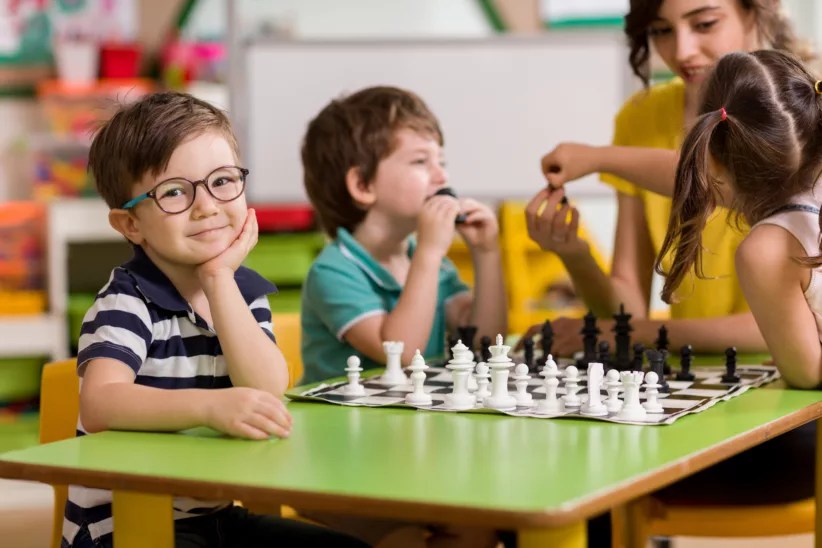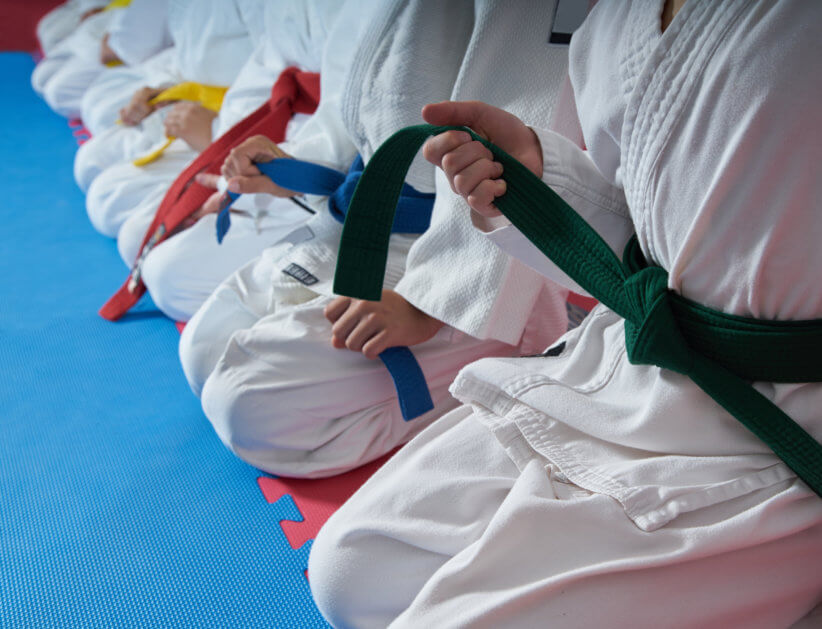The epidemic of childhood obesity is well on the rise: 17 percent of children are obese today as opposed to five percent 30 years ago, according to the U.S. Department of Agriculture. And in 2010, the Centers for Disease Control reported that more than a third of children and adolescents were considered overweight or obese.
Budget cuts have left some schools with few teachers and less equipment for traditional gym class. This means kids may have gym only once a week — barely enough time to work up a sweat, let alone burn off any significant calories. How did this happen, and what can be done to fix it? A public health organization in San Diego is working to change this, and to revolutionize the way physical education is taught and experienced in this country.
Obesity is defined as having an excessive amount of body fat to the detriment of one’s own health. It’s a medical condition that is hard enough to face as an adult, with all of the physical and emotional challenges that come with it. But there is something altogether more poignant about a child being overweight, because he’s experiencing these same challenges at a time in his life that should be joyful and carefree.
Food intake is a major part of the problem, of course. Portion sizes have ballooned in the last 50 years, and the increased reliance on sugary drinks and fast food isn’t helping. According to the book “Fast Food Nation,” people spent $6 billion on fast food in 1970. In 2000, it was more than $110 billion.
Lack of physical activity, however, seems to be inflicting the most damage upon America’s kids, which is even more distressing when you realize that children are no longer naturally doing what they’ve always done — playing. As a result of overloaded schedules, too much homework, or a preponderance of video games, kids today aren’t getting nearly enough activity. And nowadays kids can no longer rely on even school-sanctioned activity like physical education.
Originally created with the goal of building a better physical education class, Sports, Play and Active Recreation for Kids, known as SPARK, is a program that trains teachers and other recreation leaders on how to lead children and teens through research-based curriculum that fosters wellness.
It was implemented in 1989 as a “solution to the then-growing childhood obesity epidemic,” says Billy Beltz, the marketing manager. “The National Institutes of Health decided to do a research project to find out if a better physical education program was possible, and to see the positive outcomes that could result.”
The original SPARK task force noticed in its research that most of gym class time consisted of kids doing a lot of waiting. Waiting their turn in line during kickball. Waiting for the ball to come to them when playing fullback in soccer. Waiting to be picked for a team. There were — and are to this day — “physical education programs that were not as active and engaging as they should [have been],” says Beltz. “It was such that the level of activity in class time was not optimized.”
In order to maximize class time, the SPARK staff sought out to make gym “active, inclusive, and fun” and engage every kid — even the least athletic — from the minute they walk in. In SPARK-driven gym classes, kids work in small groups, doing vigorous physical activities that are disguised as fun for the duration of class. The ultimate aim of the program is to foster a lifelong love of exercise and physical activity.
“By helping kids to be more active and engaged during class time, we find they enjoy physical education class more, and [then] it spills over into after-school activity and beyond. They’re more inclined to stay physically active throughout their lives,” says Beltz.
So how do parents get involved, especially if they notice their child’s school’s gym program is lacking?
“It starts with asking the right questions, and engaging,” says Beltz. “Sometimes the school doesn’t know, and even the parents may not know what kind of situation they’re in. Have the physical education programs at the child’s school been assessed? How often is P.E. being offered, and for how long? It starts by making sure you have [the] answers and everyone’s aware. Then you advocate for a quality physical education program that is evidence-based and is proven to work.”
Mary Carroll Wininger is a writer based in New York City. She is a frequent contributor on topics ranging from etiquette to feng shui.





















